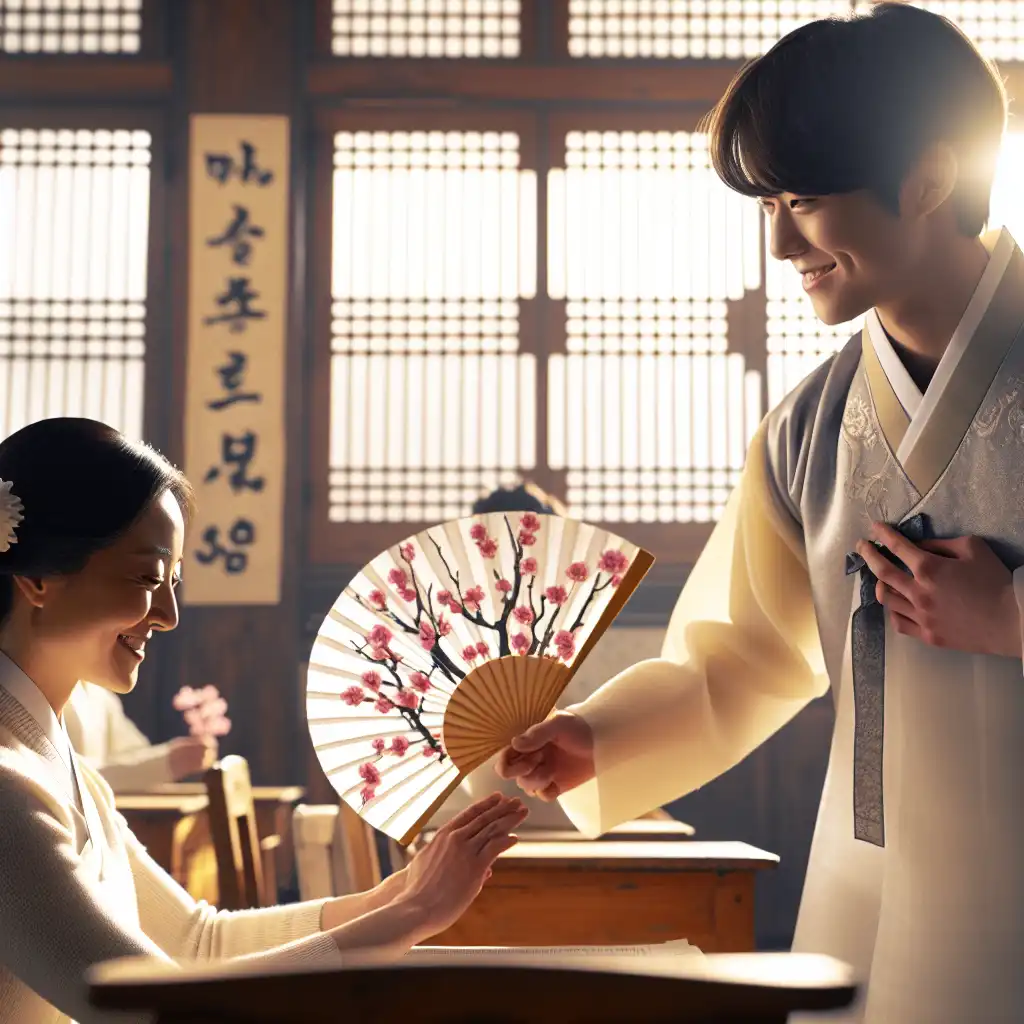
Honorific
Cultural Importance
The use of honorifics can show deep cultural respect and is essential in some languages like Japanese and Korean.  When addressing a professor in Korea, students use '교수님' as an honorific.
When addressing a professor in Korea, students use '교수님' as an honorific.
Formality Level
Honorifics often signal formality and politeness; using them in casual conversations may sound strange.  Use 'Your Honor' for judges in legal settings, not at casual meetings.
Use 'Your Honor' for judges in legal settings, not at casual meetings.
Social Hierarchy
Honorifics are used to acknowledge a person's social status, which could be due to age, job, or experience.  In a company, a junior employee might address a senior colleague using an honorific.
In a company, a junior employee might address a senior colleague using an honorific.